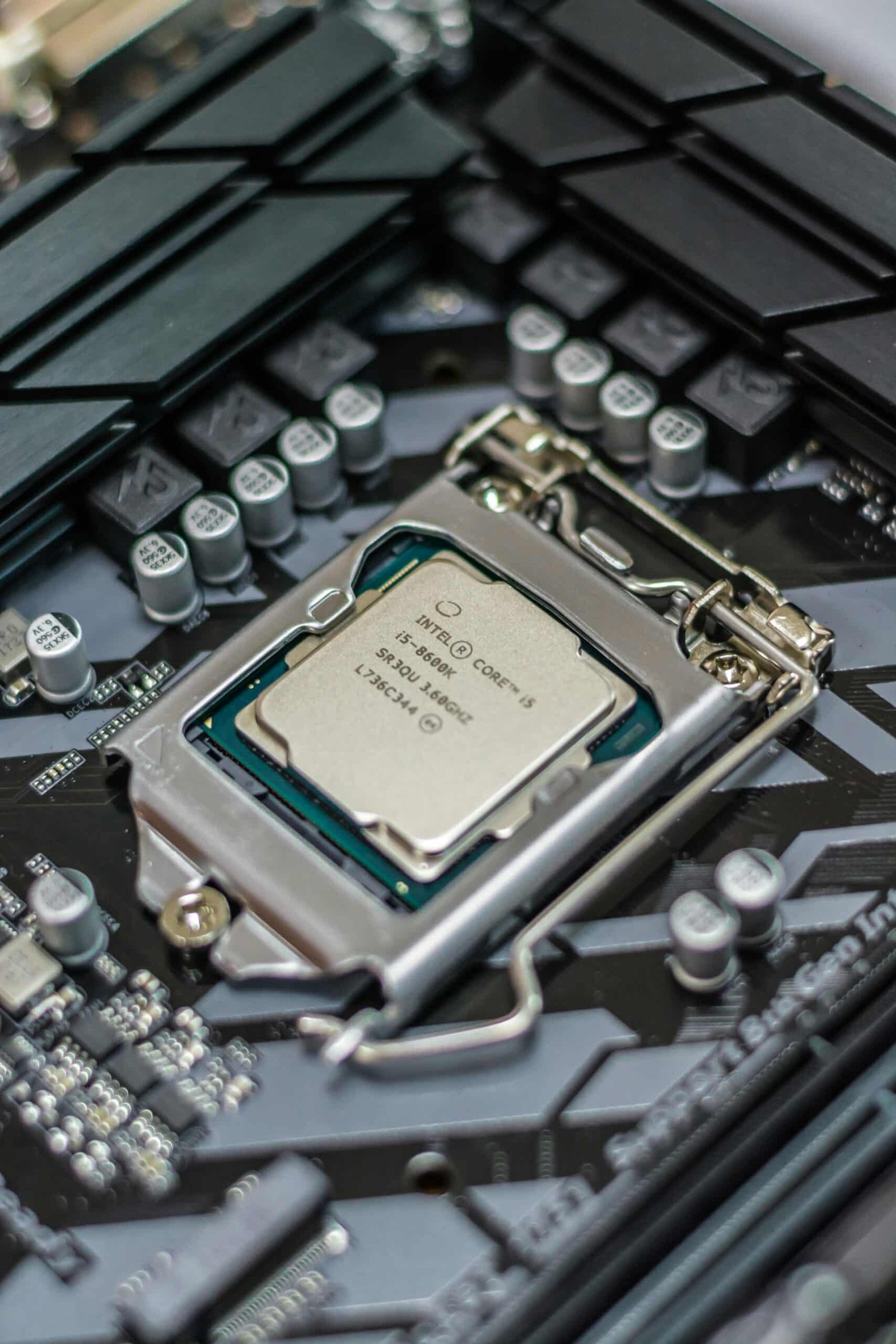In the world of transportation and logistics, the heavy commercial vehicles (HCVs) market stands as an essential cog in the wheel. These mighty machines are the workhorses of industries, silently moving goods across continents. However, beneath their imposing exteriors lies a realm of transformation and evolution. In this article, we will embark on a poetic journey to unravel the enigmatic dynamics of the Heavy Commercial Vehicles market as we peer into the year 2030.
Introduction
Imagine a world without the rumble of heavy trucks, the ceaseless flow of goods, and the backbone of global commerce. Impossible, right? Heavy commercial vehicles are the unsung heroes of our interconnected world. This article takes you on a poetic journey through time, from the steel giants of the past to the autonomous, electric marvels of the future.
The Past: A Foundation Built on Steel | Heavy Commercial Vehicles Market
In the early days, HCVs were behemoths made of steel and powered by diesel. They transported goods, carried the weight of industries, and created pathways for progress. But as the world evolved, so did these giants.
The Present: Winds of Change
Emission Regulations and Sustainability
The present era is marked by a growing awareness of environmental concerns. Emission regulations are tightening their grip, pushing manufacturers towards cleaner and greener alternatives. Electric and hybrid HCVs are now on the rise, promising a breath of fresh air.
Technological Advancements
Innovation is at the heart of the HCV market today. From advanced telematics systems that optimize routes to driver-assist technologies enhancing safety, technology is transforming the way these machines operate.
The Future Beckons: 2030 and Beyond
Electric Revolution
By 2030, the HCV landscape will be revolutionized by electric vehicles. With zero emissions and lower operational costs, they are set to become the industry standard.
Autonomous HCVs: A Glimpse into the Future
Picture a world where HCVs navigate themselves through intricate traffic, minimizing accidents and increasing efficiency. Autonomous HCVs are not a distant dream; they’re on the horizon.
Shift Towards Connectivity
Connectivity will be the thread that ties together the HCV ecosystem. Vehicles will communicate with each other and with infrastructure, optimizing logistics in real-time.
The Global Landscape
Emerging Markets vs. Established Giants
Emerging markets are expected to play a pivotal role in the future of HCVs. The competition intensifies as new players enter the arena, challenging established giants.
Government Policies and Market Impact
Government policies, like subsidies for green vehicles and stricter emissions standards, will significantly impact market dynamics. Staying abreast of these changes will be crucial for businesses.
Challenges on the Horizon
Environmental Concerns
The environment remains a central concern. Manufacturers must balance the demand for heavy transportation with the need to reduce carbon footprints.
Safety and Security
As technology advances, ensuring the safety and security of HCVs from cyber threats becomes paramount. New challenges arise as vehicles become more interconnected.
Industry Players and Innovators
Key players and innovators are driving change in the HCV market. Companies are investing in research and development to stay competitive in this evolving landscape.
Market Predictions: A Crystal Ball into 2030
Predicting the future is a complex task, but the trends are clear. By 2030, the HCV market will be more sustainable, technologically advanced, and globally interconnected than ever before.
The Poetry of Transformation
In the realm of heavy commercial vehicles, transformation is the only constant. From the clang of steel to the hum of electric motors, from human drivers to autonomous systems, the poetry of transformation continues to unfold.
Conclusion
As we peer into the future of the heavy commercial vehicles market, one thing is certain: change is inevitable. The HCVs of 2030 will be smarter, greener, and more connected than ever before. It’s a poetic evolution that promises a brighter future for industries and our planet.


Q1: What are the key factors driving the transformation of the HCV market?
The transformation of the HCV market is driven by factors such as environmental concerns, technological advancements, and changing government regulations.
Q2: How are electric HCVs poised to revolutionize the industry?
Electric HCVs are set to revolutionize the industry by offering zero emissions, lower operational costs, and enhanced sustainability.
Q3: Are autonomous HCVs a reality in the near future?
Yes, autonomous HCVs are on the horizon, promising safer and more efficient transportation.
Q4: What role does government regulation play in shaping the market?
Government regulations, including subsidies for green vehicles and emissions standards, have a significant impact on shaping the HCV market.
Q5: How can businesses prepare for the changing landscape of the HCV market?
Businesses should stay informed about industry trends, invest in technology, and adapt to new environmental and regulatory standards.










